Wes Anderson’s set design for the Isle of Dogs goes on show in London

The latest Wes Anderson film, Isle of Dogs, has been celebrated in London with an exhibition of the original set designs and puppets at The Store X at 180 Strand in London. A life-sized rendering of a ramen bar featured in the film – complete with noodles and sake cocktails by chef Akira Shimizu of Soho’s Engawa restaurant – allows visitors to step inside the world of Anderson.
The sets and puppets for the stop-motion animation, which is set in Japan 20 years in the future, were intricately crafted at 3 Mills Studios in east London. After The Store X hosted the epic wrap party for the film last year, they stayed in touch, and took the creative opportunity to work together on an exhibition for the launch of the film on the ground floor of the huge brutalist building in central London.
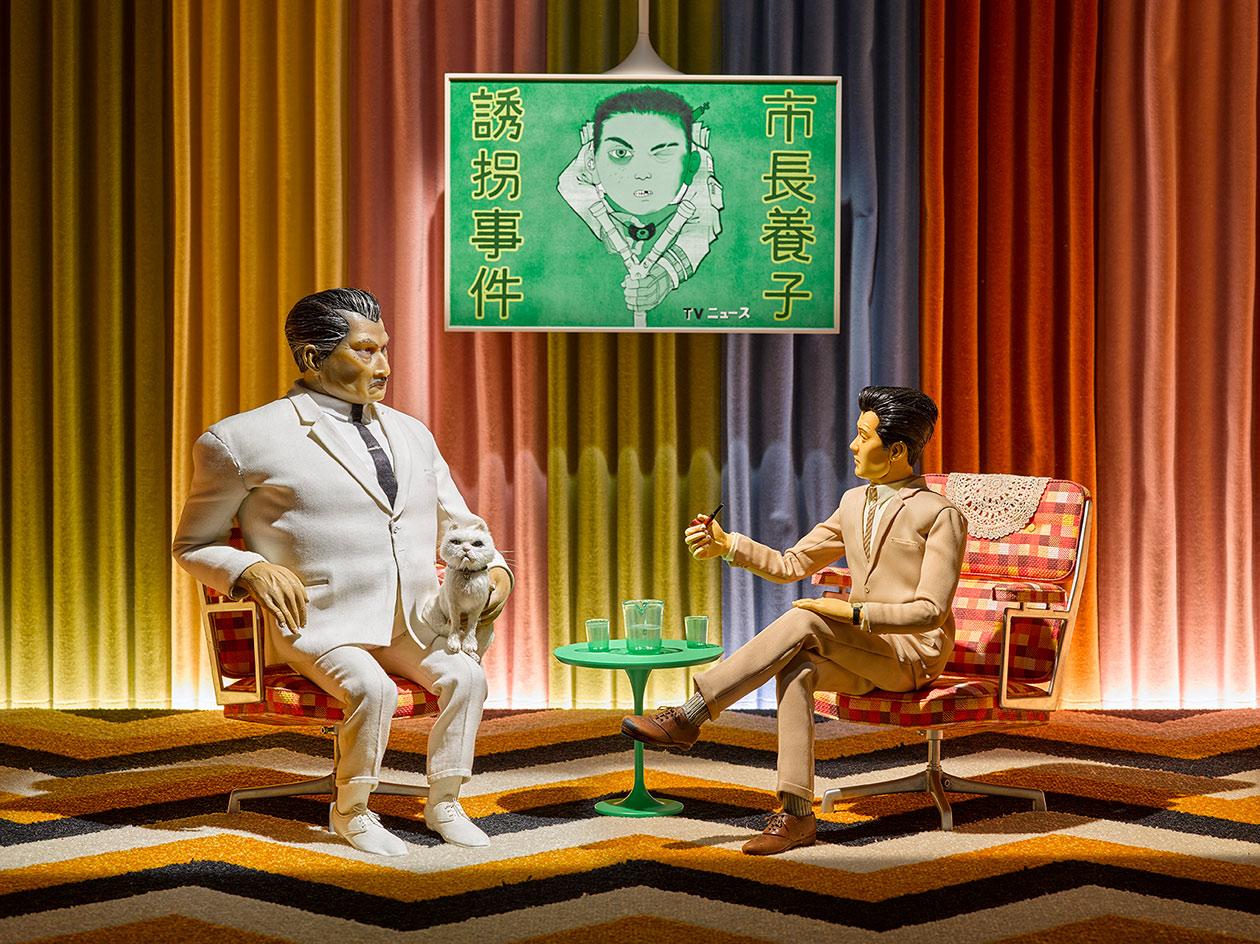
A close-up of one of the sets and original puppets used in the film on display in the exhibition
The story of Isle of Dogs follows the journey of Atari Kobayashi, 12-year-old ward to the corrupt Mayor Kobayashi, who goes in search of his body-guard dog Spots, who has been expelled with all the other dogs of the fictional city of Megasaki to ‘Trash island’, a vast dump of garbage.
‘The film is set in a retro future, but its a 1950s aesthetic of Japan very much influenced by the post-industrial era – there was a huge construction boom in the 1950s, 60s, 70s of concrete built factories. There was a lot of excess industrial output which now is slightly decaying and declining – that was the influence for Trash Island,’ says Tommy Tannock, exhibition organiser at the Store X.

The architecture and urban influence of the Isle of Dogs set design draws from post-industrial Japan

The skyline of ‘Megasaki’, the fictional Japanese city, which is a play on the name of the Japanese city of Nagasaki
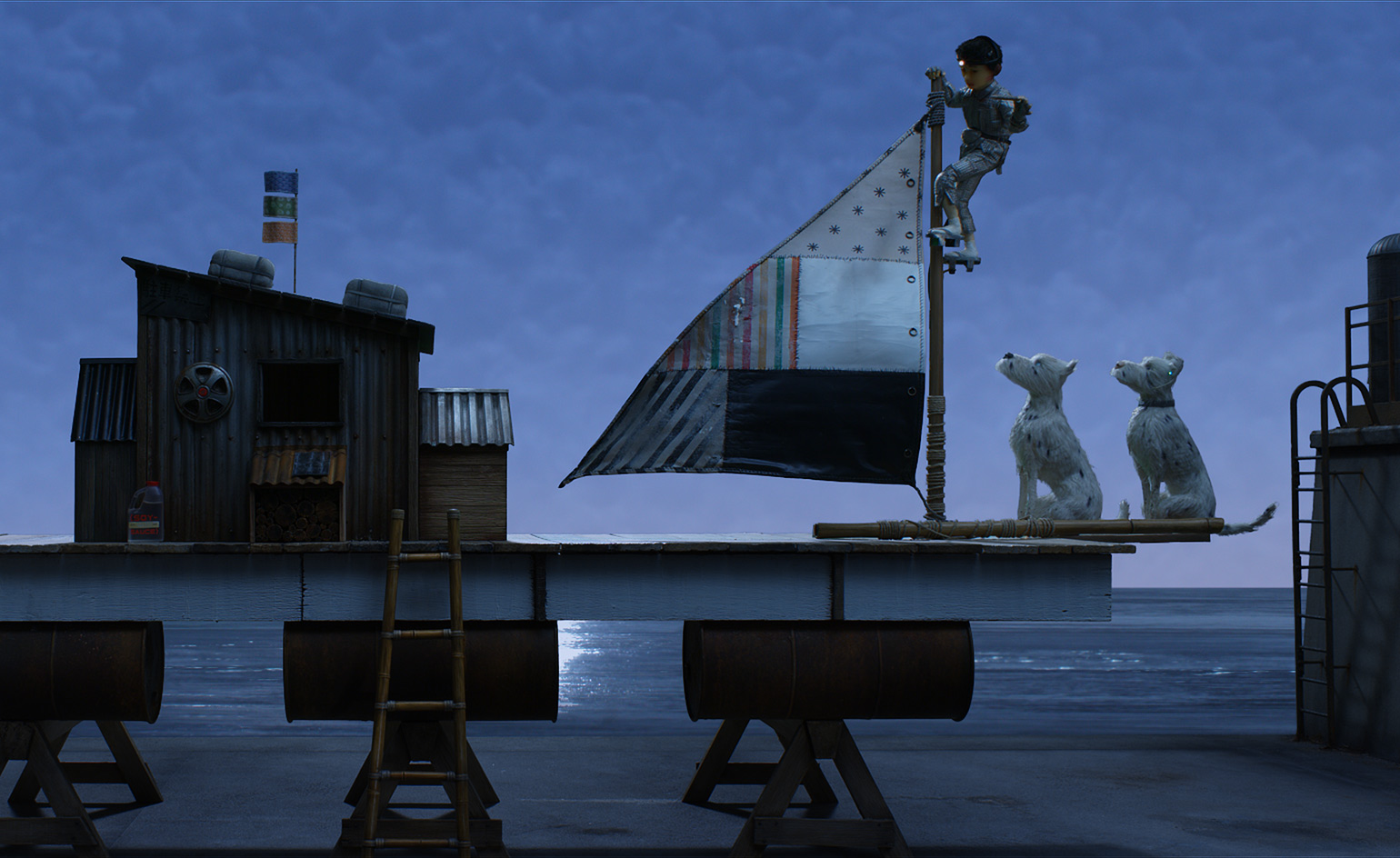
The dogs in the film are exiled to ‘Trash island’, a location inspired by the architectural decay experienced by Japan in the post-industrial era

A life-sized rendering of a ramen bar featured in the film – complete with noodles and sake cocktails by chef Akira Shimizu of Soho’s Engawa restaurant – allows visitors to the exhibition to step inside the world of Wes Anderson

The Isle of Dogs is set in Japan, 20 years in the future
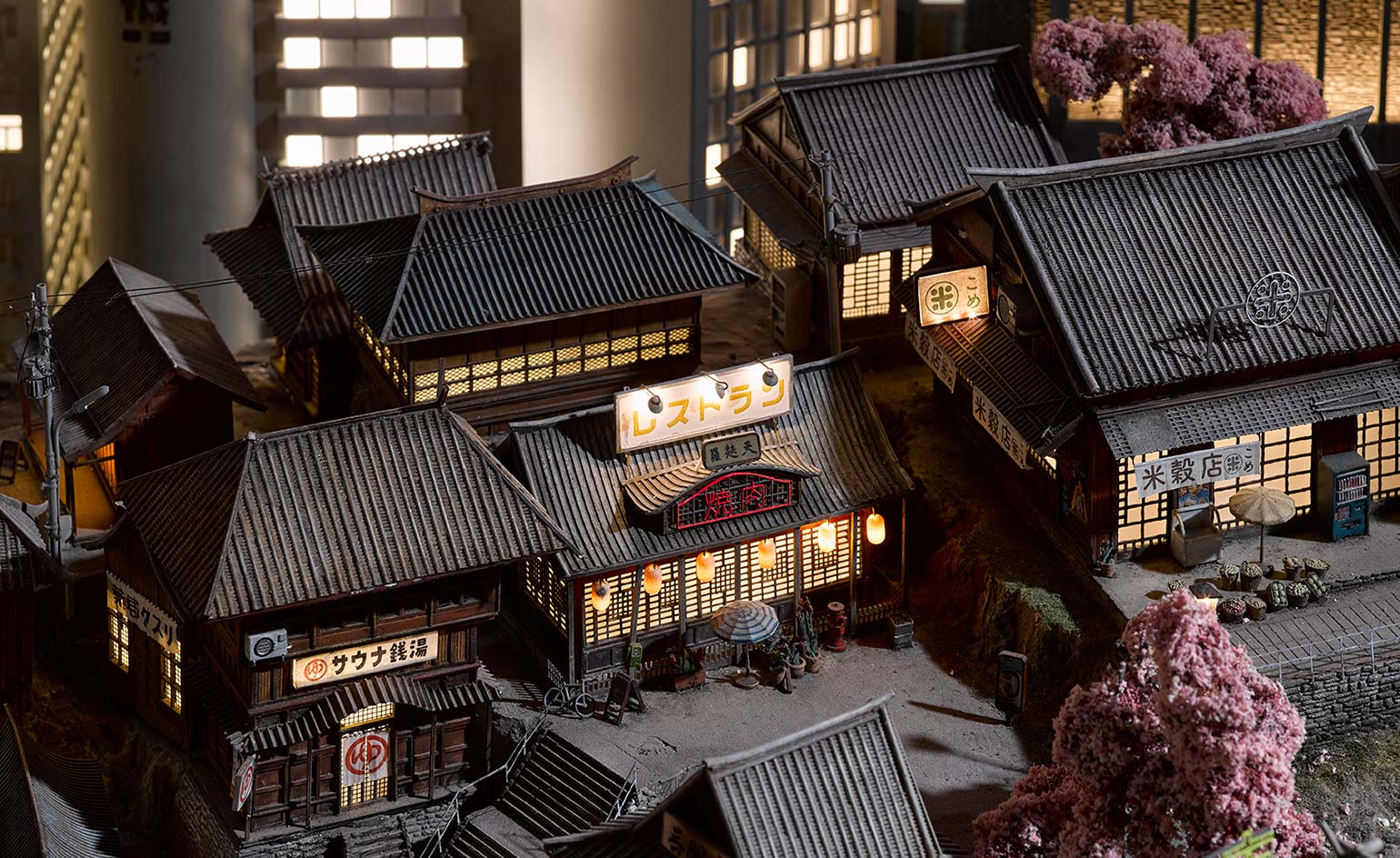
The set design captures the architectural constrasts found in Japanese cities post industrialisation
INFORMATION
‘Isle of Dogs’ is on view until 8 April. For more information, visit the Store Studios website
ADDRESS
The Store X
180 The Strand
LondonWC2 R 1EA
Wallpaper* Newsletter
Receive our daily digest of inspiration, escapism and design stories from around the world direct to your inbox.
Harriet Thorpe is a writer, journalist and editor covering architecture, design and culture, with particular interest in sustainability, 20th-century architecture and community. After studying History of Art at the School of Oriental and African Studies (SOAS) and Journalism at City University in London, she developed her interest in architecture working at Wallpaper* magazine and today contributes to Wallpaper*, The World of Interiors and Icon magazine, amongst other titles. She is author of The Sustainable City (2022, Hoxton Mini Press), a book about sustainable architecture in London, and the Modern Cambridge Map (2023, Blue Crow Media), a map of 20th-century architecture in Cambridge, the city where she grew up.
-
 Put these emerging artists on your radar
Put these emerging artists on your radarThis crop of six new talents is poised to shake up the art world. Get to know them now
By Tianna Williams
-
 Dining at Pyrá feels like a Mediterranean kiss on both cheeks
Dining at Pyrá feels like a Mediterranean kiss on both cheeksDesigned by House of Dré, this Lonsdale Road addition dishes up an enticing fusion of Greek and Spanish cooking
By Sofia de la Cruz
-
 Creased, crumpled: S/S 2025 menswear is about clothes that have ‘lived a life’
Creased, crumpled: S/S 2025 menswear is about clothes that have ‘lived a life’The S/S 2025 menswear collections see designers embrace the creased and the crumpled, conjuring a mood of laidback languor that ran through the season – captured here by photographer Steve Harnacke and stylist Nicola Neri for Wallpaper*
By Jack Moss
-
 Hiroshi Sambuichi reveals Cisternerne extension in Denmark
Hiroshi Sambuichi reveals Cisternerne extension in DenmarkJapanese architect Hiroshi Sambuichi and Cisternerne director Astrid la Cour reveal plans for a new exhibition space in Denmark
By Jens H Jensen
-
 Treehouse meets Japanese teahouse at Hombroich rocket station in Germany
Treehouse meets Japanese teahouse at Hombroich rocket station in GermanyJapanese architect Terunobu Fujimori has installed his latest environmental teahouse in a tree at the Museum Island Hombroich. The Ein Stein Haus, or One Stone House, inspired by Zen Buddhism
By Ilona Marx
-
 Japanese architecture, craft and Modernism meet in Philadelphia
Japanese architecture, craft and Modernism meet in PhiladelphiaA new exhibition in Philadelphia explores the relationship between Shofuso House, a piece of 17th century-style Japanese architecture located in the city's West Fairmount Park, and Modernism through the connections between architect Junzo Yoshimura, woodworker George Nakashima, designer Noémi Pernessin Raymond and architect Antonin Raymond
By Tom Seymour
-
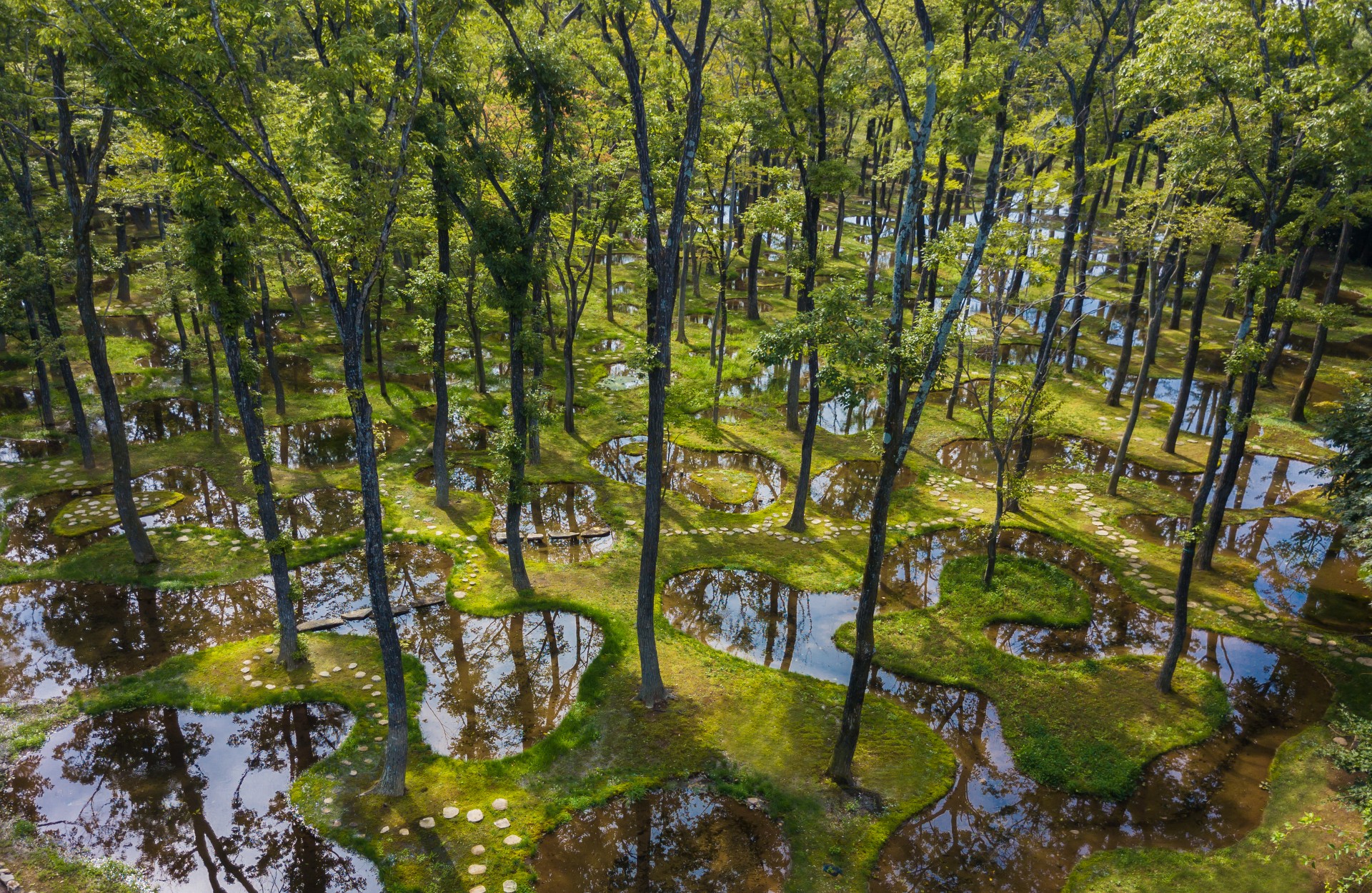 Junya Ishigami claims inaugural Obel Award for architecture
Junya Ishigami claims inaugural Obel Award for architectureJunya Ishigami+Associates has been presented architecture's latest prize, the 2019 Obel Award, for its Art Biotop Water Garden in a ceremony at the Utzon Center in Aalborg, Denmark
By Jason Sayer
-
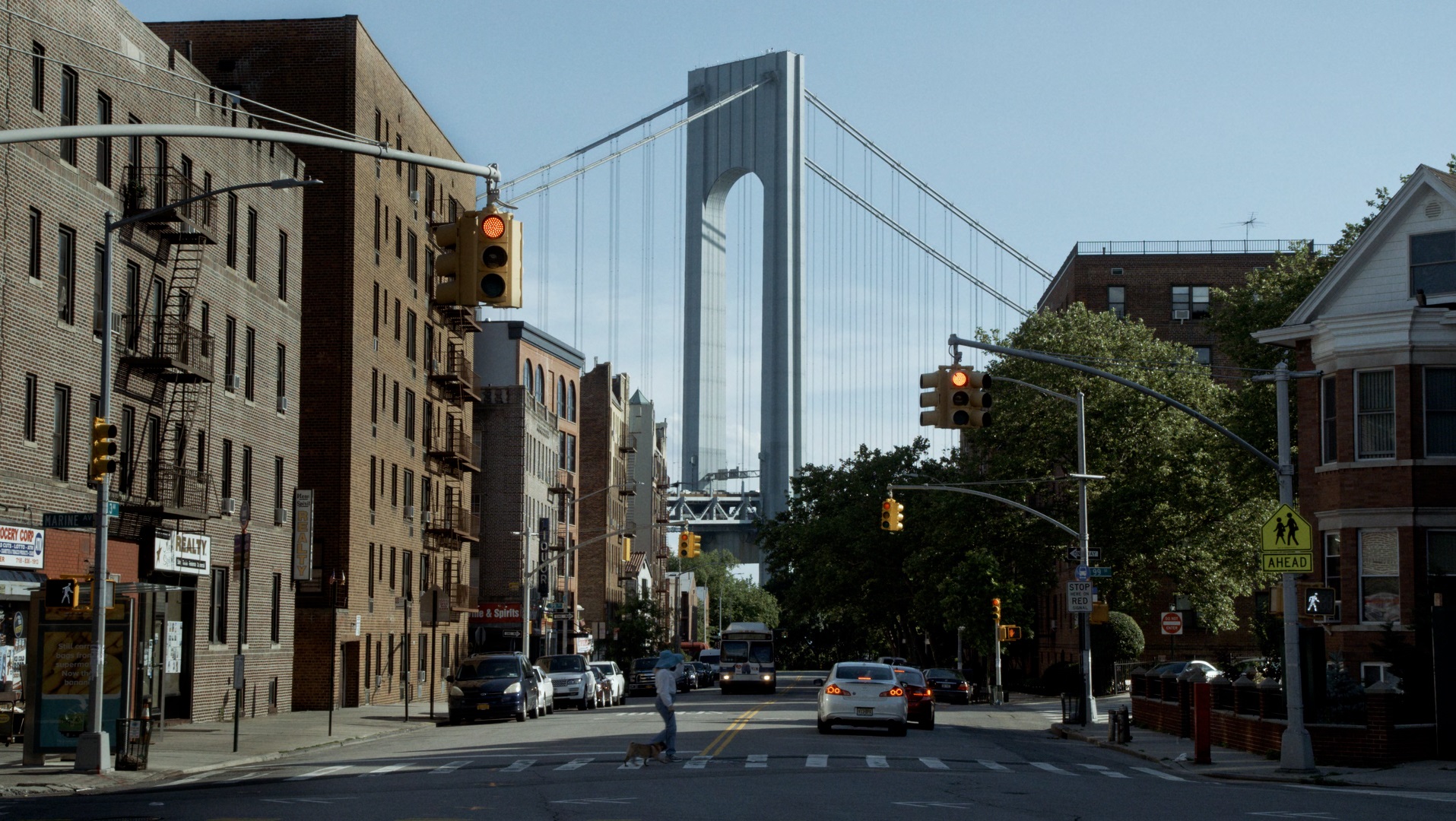 New York’s architecture film festival kicks off with an ode to Bauhaus visionary Moholy-Nagy
New York’s architecture film festival kicks off with an ode to Bauhaus visionary Moholy-NagyThe five-day Architecture and Design Film Festival (ADFF) returns to New York City for its 11th edition, bringing its design-focused lens to the silver sceen
By Siska Lyssens
-
 First look at Kengo Kuma's V&A Dundee
First look at Kengo Kuma's V&A DundeeBy Ellie Stathaki
-
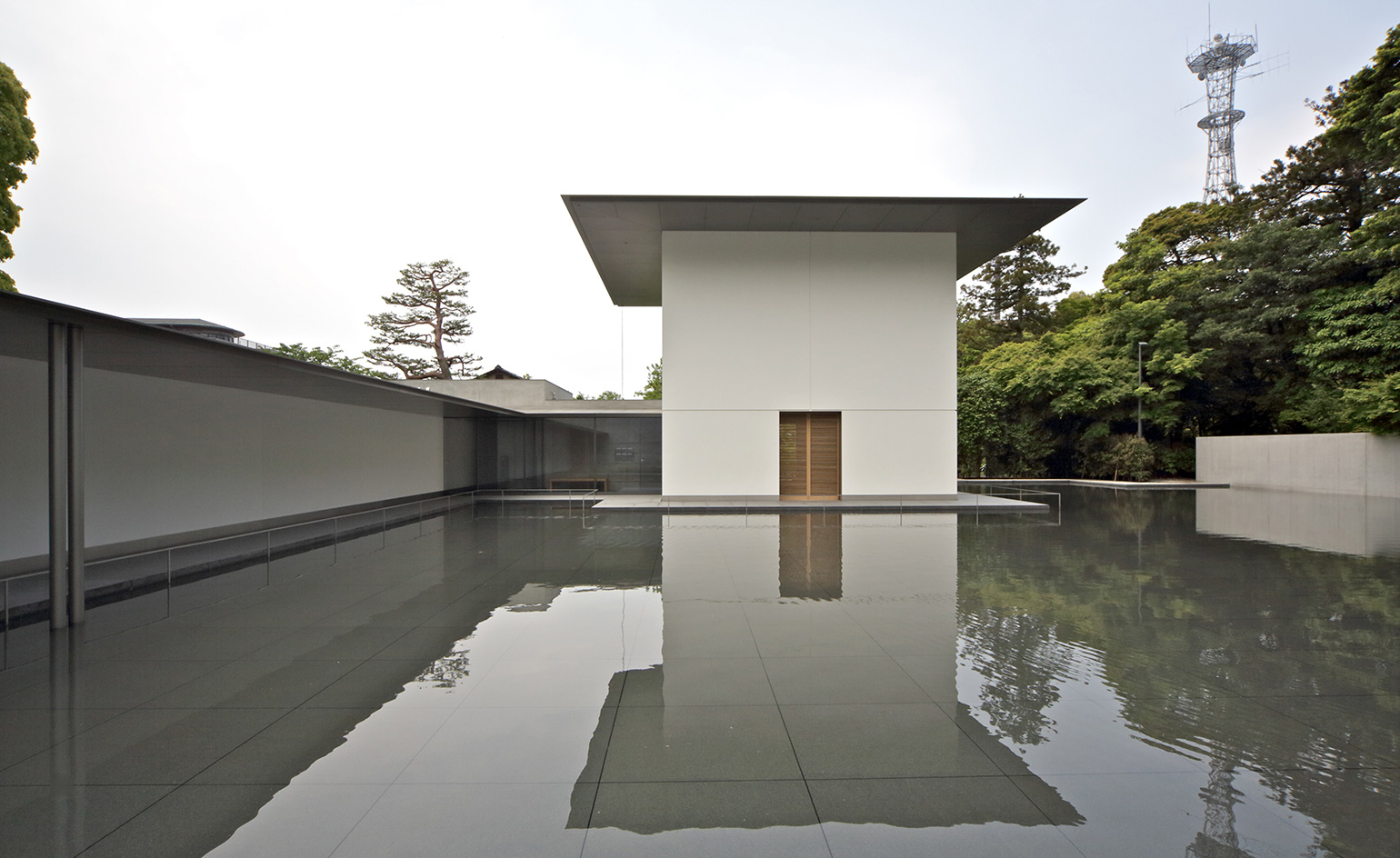 Charting the unique make-up of Japanese architecture
Charting the unique make-up of Japanese architectureBy Jens H Jensen
-
 Need-to-know technology news from Salone del Mobile 2018
Need-to-know technology news from Salone del Mobile 2018By Elly Parsons